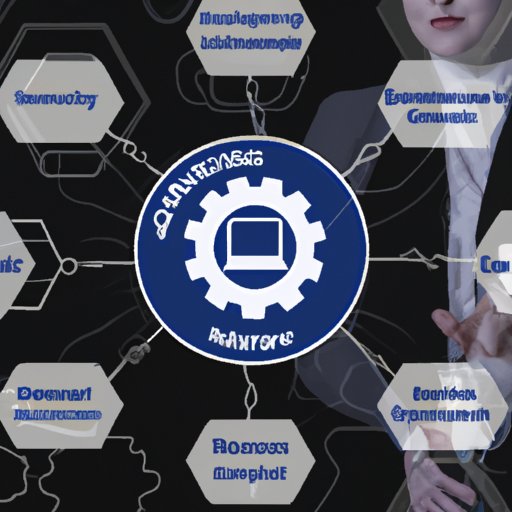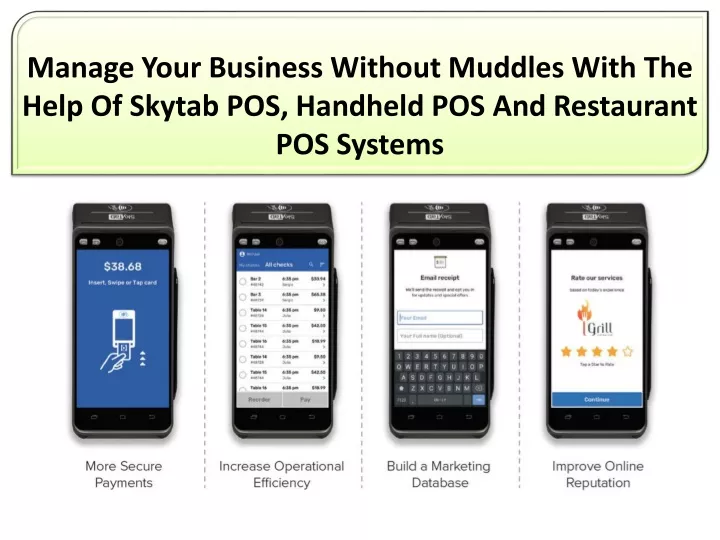How To Manage A Business Without Being There

Remote management isn't a luxury anymore; it's a necessity. Learn crucial strategies to ensure your business thrives even when you're physically absent.
This guide provides actionable steps for business owners transitioning to or optimizing remote management, focusing on core principles and practical applications. It is to ensure continuity, productivity, and profitability.
Establish Clear Communication Channels
Implement a robust communication system. Use platforms like Slack, Microsoft Teams, or dedicated project management tools.
Define communication protocols for different situations. Emergency protocols should be clearly outlined and readily accessible.
Delegate Effectively and Empower Your Team
Don't micromanage; delegate tasks based on individual strengths and skills. According to a Gallup study, employees who feel empowered are 1.7 times more likely to be productive.
Provide the necessary resources and training. Support your team's growth and development.
Implement Performance Tracking and Accountability
Use Key Performance Indicators (KPIs) to track progress. Tools like Asana, Trello, and Monday.com can help monitor task completion and team performance.
Regularly review performance data. Address any issues promptly and constructively.
Leverage Technology for Remote Access and Security
Invest in secure remote access solutions. Virtual Private Networks (VPNs) and cloud-based systems are essential for safeguarding sensitive data.
Implement multi-factor authentication (MFA). Educate your team on cybersecurity best practices to prevent breaches.
Foster a Culture of Trust and Transparency
Build a culture based on trust and open communication. Transparency fosters loyalty and commitment.
Hold regular virtual meetings to maintain team cohesion. Address concerns and celebrate successes together.
Document Everything
Create comprehensive documentation for all processes. This makes it easier for your team to operate independently and efficiently.
Use a centralized knowledge base. Store all relevant information in a easily accessible location.
Set Clear Expectations and Boundaries
Define roles and responsibilities clearly. Ensure each team member understands what is expected of them.
Establish clear boundaries between work and personal life. This prevents burnout and maintains productivity.
Schedule Regular Check-ins (Even Remotely)
Maintain regular contact with your team. Schedule both individual and team check-ins.
Use video conferencing for a more personal connection. Face-to-face interaction (even virtually) helps build rapport and trust.
Continuously Evaluate and Improve
Regularly assess your remote management strategies. Identify areas for improvement and adapt as needed.
Seek feedback from your team. Their input is crucial for optimizing your remote management approach.
The shift to remote management requires a proactive approach. By implementing these strategies, business owners can successfully manage their operations from anywhere. This leads to sustained growth and profitability even when physically absent.
Stay tuned for ongoing updates and expert insights on remote business management. It is to provide continuous support for business owners navigating this evolving landscape.


















